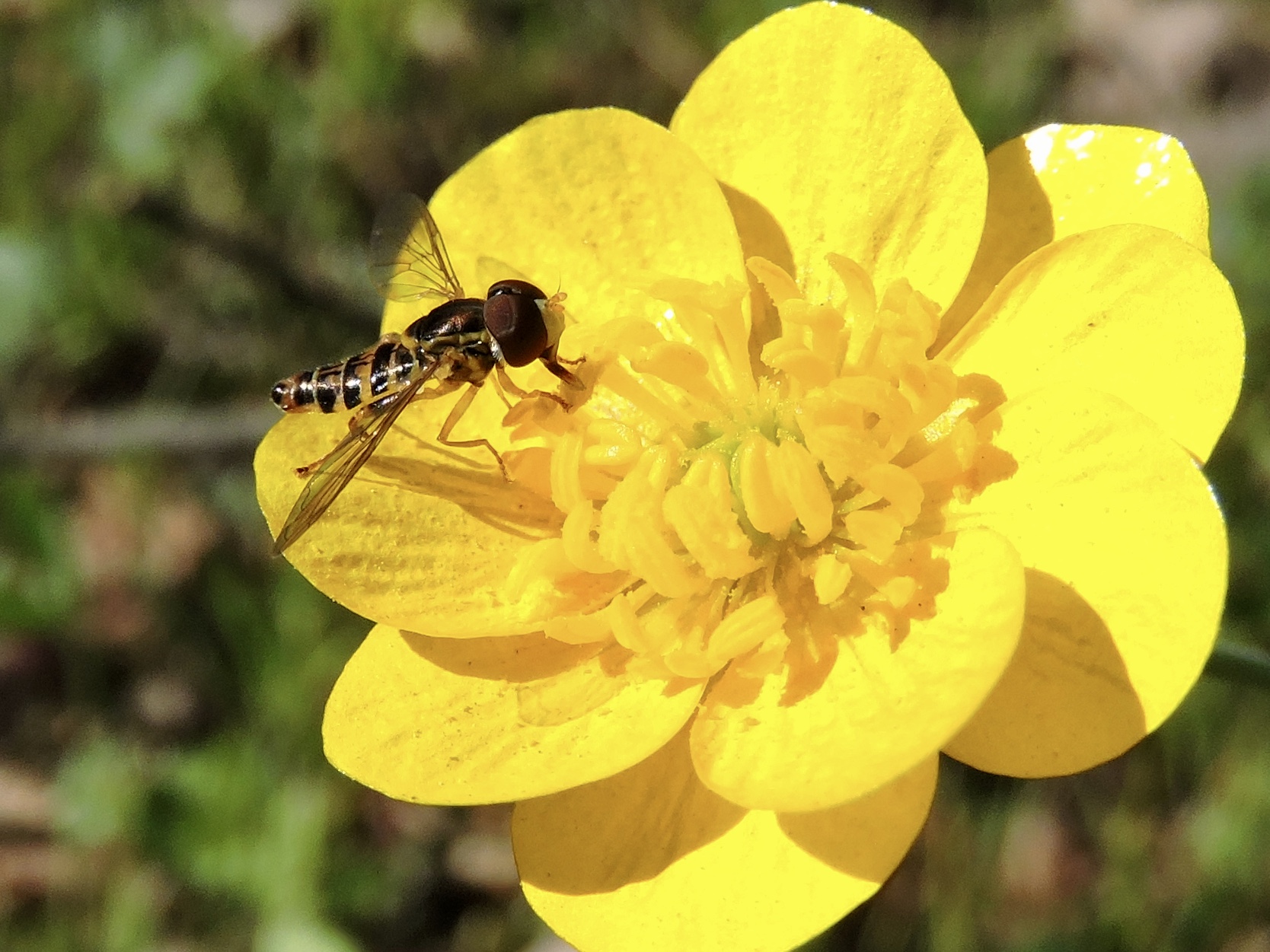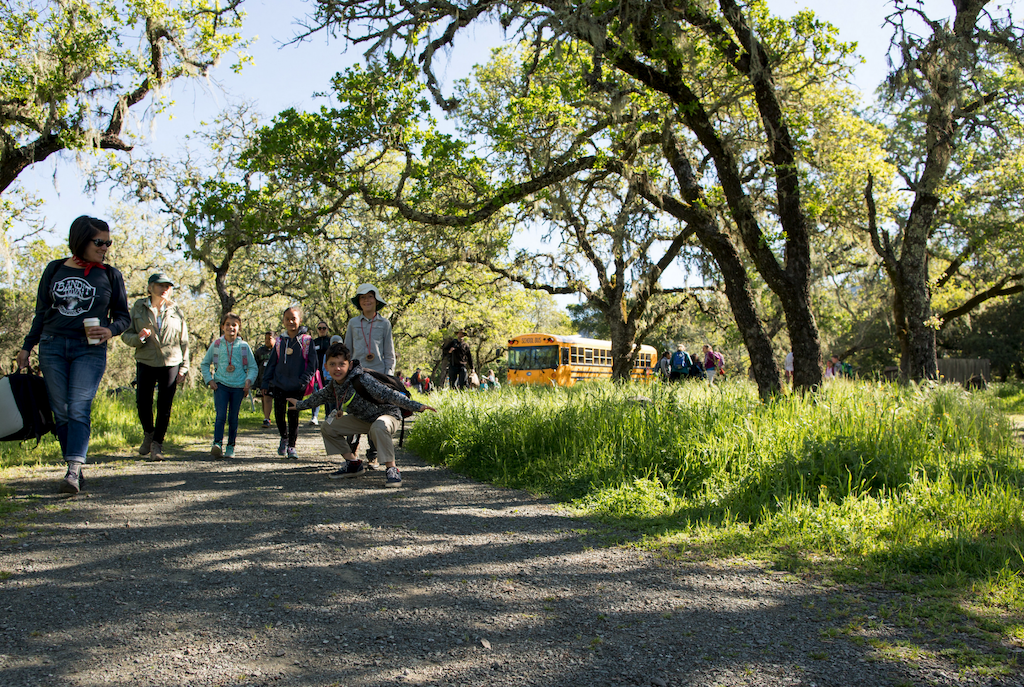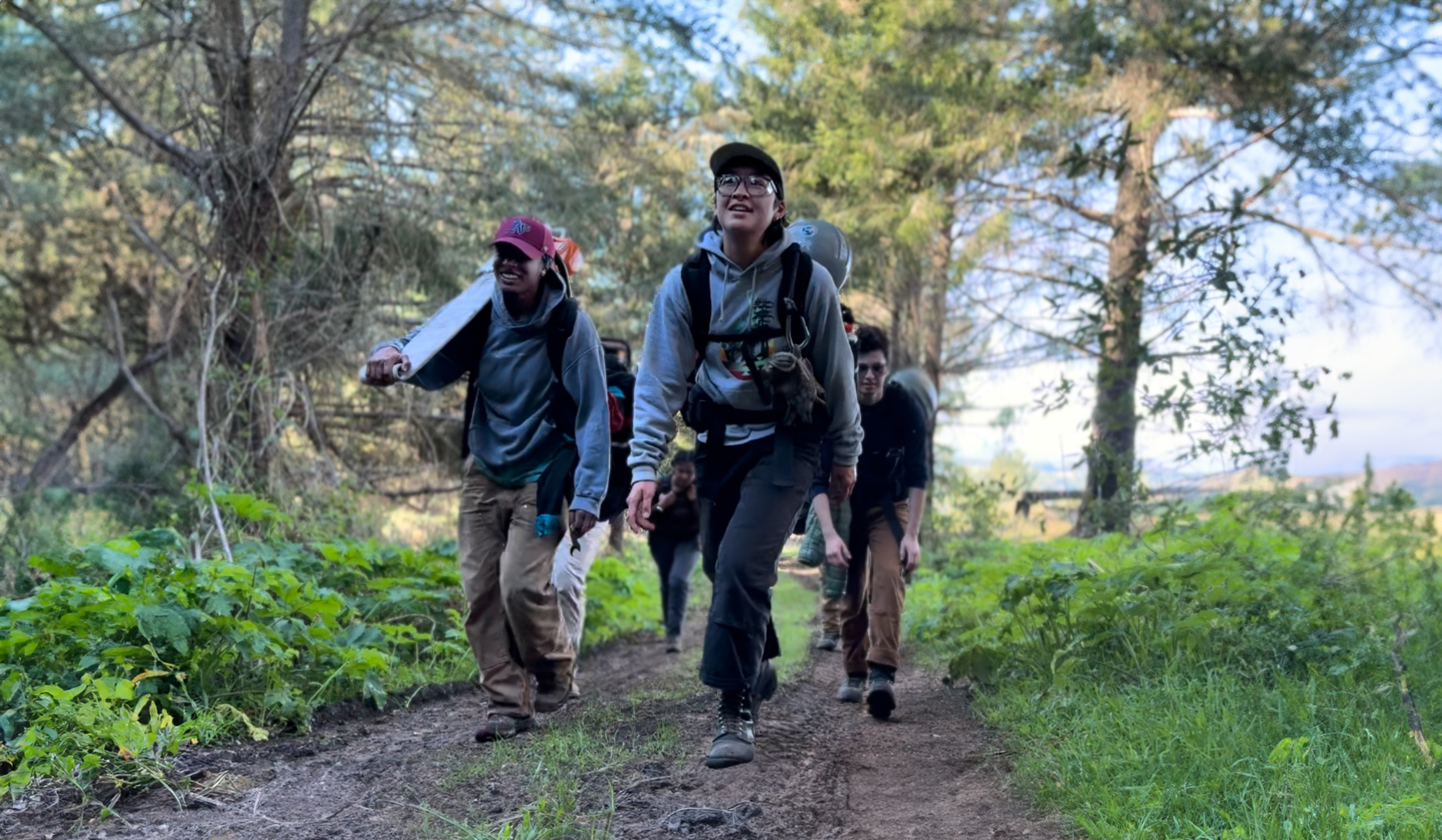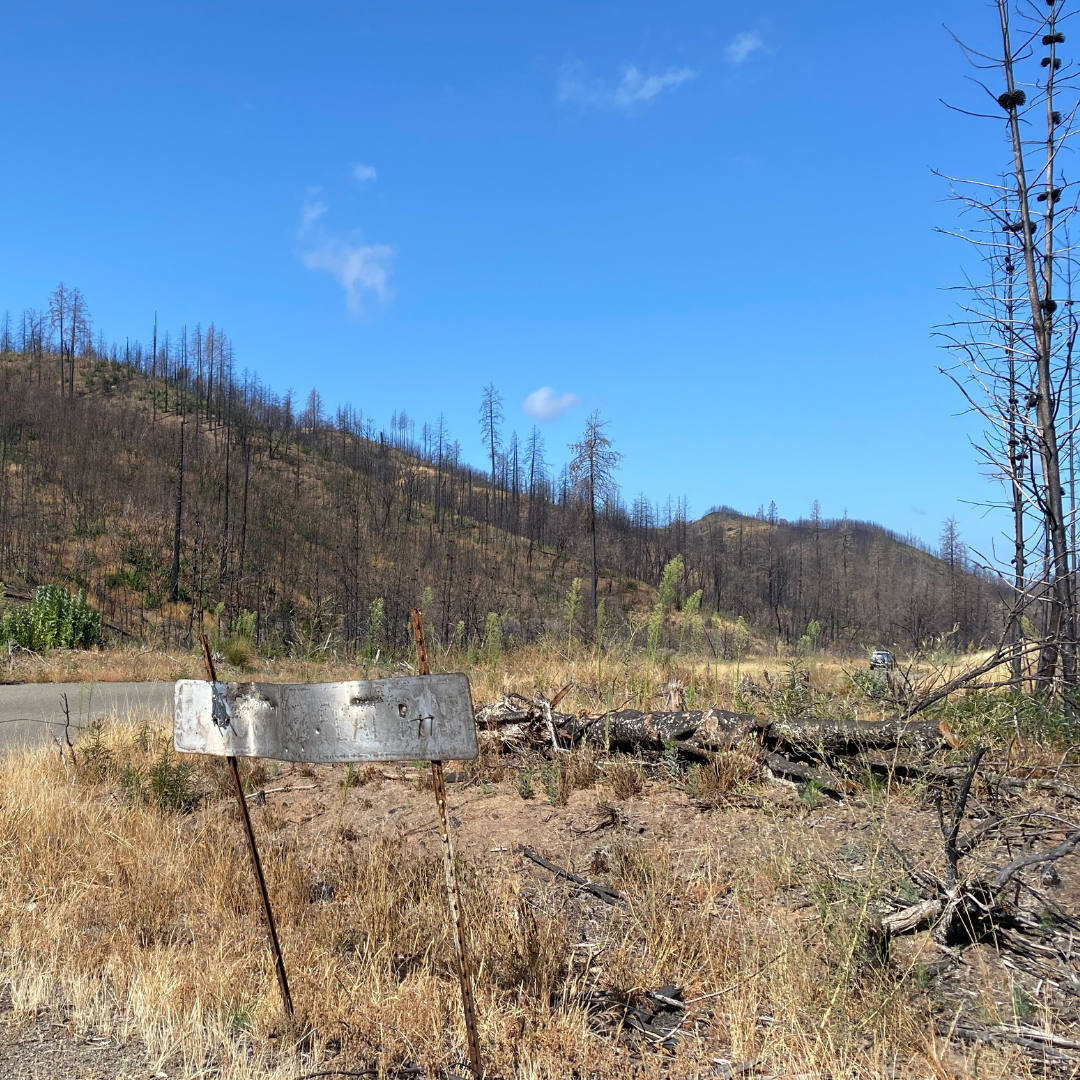Since the coronavirus “Shelter in Place” order went into effect, and the school program hikes at ACR preserves in Marin and Sonoma counties were put on hold, I have been exploring other ways to help youngsters connect with nature. My time is now spent creating resources to inspire children to explore the natural word within their reach. Though there is no replacing the feeling of holding a newt or learning to spot a turret spider tower alongside the trail, children can still learn from and be comforted by nature. Even in the bustling San Francisco Bay Area, nature is all around us: the lizard sunning itself on a nearby rock, the shade offered by a tree, the warmth of the sun on one’s face, the fragrance of new leaves and flowers. There is nature where you are, and you can experience it yourself or with the children in your life.
Slow down, listen, scan your world
There are many things you can do to become more aware of the natural world. Appreciating nature is as simple as slowing down and noticing. Listen without making noise. You may hear a rustling in the leaves that tells you there is a bird or lizard nearby. A buzz or a zoom will draw your attention to a bee or hummingbird. Vary your perspective by scanning the sky and treetops then get close and notice the tiny world contained in a leaf or under a rock.
Take in the night
Gaze at the moon. Where is it in the sky? What color is it? What phase is it in? What sounds do you hear at night that are different than those during the day? How does the air feel and smell?
Look for diversity
It does not take an expert to realize the diversity that surrounds us. In under a minute I have seen three different bees and a fly visit a splay of flowers. There was a sleek yellow and black honeybee. A large, solid black, round, fuzzy bumble bee. Another bee I could not identify slender, small, green, and black. Finally, the fly that was good mimic of a honeybee.
Delve into smaller worlds within view
The oaks in our area are often laden with lichen, yet another world to delve into. Next time you see a branch with lichen growing on it, take a few minutes to examine it closely. Look from the branch tip to trunk, node by node. Answer the following questions for yourself or with a child in your life as you scan the branch.
- Does the density of the lichen change?
- Does the color of the lichen change?
- Does the size of the lichen change?
- Does the variety and shape of the lichen change?
- In what ways do each of these attributes change?
- Look at many branches—is there a pattern?
Download our free learning resources
If you like sharing nature with children, visit our Nature Where You Are: Resources for Teachers and Families page. You will find more ways to explore and appreciate nature through videos and several types of printable activities including two activity books called, Meet Ephran the Great Egret and Meet Luna the Puma. The books are fact-based, told from the animal’s perspective and have images to color, questions to answer, and observation to be made.
In the heat of summer, I wish you enjoyment of nature where you are.
—
This article originally appeared in the Bennett Valley VOICE, a publication of The Bennett Valley Community Association.
photo: Caligrapher fly by Mike Witkowski




